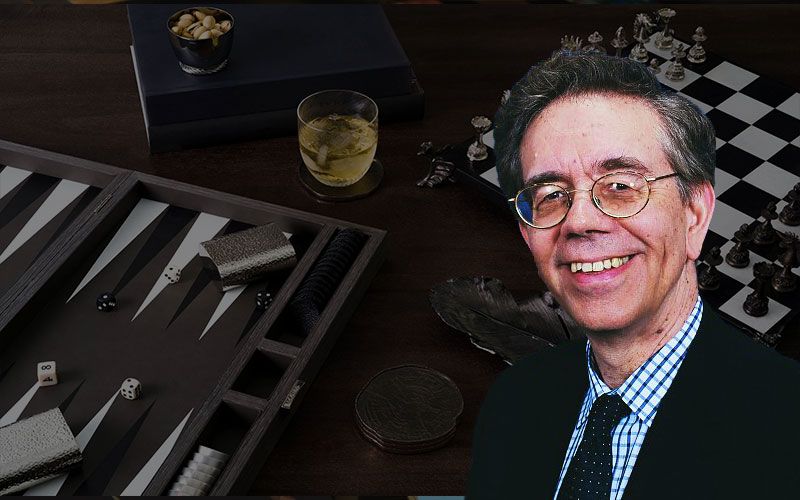
Take a look at Position #1. Black has a 4-2 to play. What should he do?
Loading board
There are two clear candidates here; make your own 4-point, or your opponent’s 5-point (your 20-point). Anything else is a waste of a great shot. But which point should we pick?
Early game problems where you have a choice of good points to make can usually be solved by asking yourself three key questions.
- First, which point is intrinsically more important?
- Second, how do the particular circumstances of the position affect the absolute value of the point?
- Third, what’s the degree of difficulty for making each point?
Part 1. We’ll start with the intrinsic value of the points. This is pretty easy to determine. The most valuable points in the early going are the two 5-points, closely followed by the 4-points and the bar-points, which are about equal. Other points are much weaker than these key blocking points. Only considering intrinsic value, the Orange 5-point (your 20-point) is the top choice.
Part 2. Now we have to look and see how the actual position we’re in affects the value of the points. This part requires more judgment.
On Black’s side of the board, not much has changed from the starting position. Black has moved a builder from the 13-point to the 8-point, giving him a little better diversification than he had before. Orange is still anchored on Black’s 1-point. All in all, Black’s 4-point is just about as valuable as on the opening roll.
But on Orange’s side of the board, the position has changed a lot. First, Orange has actually made an inner board point. That means an anchor, any anchor, is more important than it used to be, because any attack that Orange launches is now more likely to be successful.
In addition, however, the point Orange has made is his 4-point. With the 4-point made, Orange’s 5-point becomes even more valuable (for both sides) because of the strength of the 4-5-6 structure. Back in the 1970s, Paul Magriel, in his classic book Backgammon, labeled the 5-point the “Golden Point”, signifying its importance in the opening. While the 5-point is the best point to have in the early going, its power can be mostly neutralized if the opponent then makes the 4-point anchor. But the combination of the 4-point, 5-point, and 6-point, which I like to call the Golden Structure, is a real game-changer. Whoever makes that structure in the early game is on the verge of a powerful double. Even anchoring on the 3-point in front of the structure merely allows the defender to hang on in a clearly inferior position. The only road to equality is hopping the structure entirely and anchoring on the bar-point, and that will be hard to do.
Conclusion: Orange’s 5-point has risen in important, while Black’s 4-point hasn’t changed much. Making the anchor with 24/20 22/20 now gets the edge.
Part 3. Finally, we have to consider degree of difficulty. How hard is it to make a good anchor, compared to the difficulty of making blocking points? This question almost always favors making the anchor.
Right now Black has one non-double (4-2) that makes the 20-point, and another one (6-4) that makes the almost equally valuable bar-point. On Black’s side of the board, he currently has six rolls (3-1, 4-2, and 6-1) that make a good blocking point. But that number will grow dramatically as soon as he adds even a single builder in his outfield. Pull a checker from the midpoint to the 9-point, for example, and Black will suddenly have nine non-doubles working on those points (6-1, 6-2, 2-1, 3-1, 4-1, 4-3, 4-2, 5-2, and 5-4). Add in his doubles, and Black becomes a favorite to make a key blocking point, each turn!
Meanwhile, his chances of making a good anchor won’t get bigger, because unless he gets hit, he can’t add any new checkers to his anchor-making list. Upshot: good anchors are much harder to make than good blocking points, so your desire to make them is greater.
All three considerations point clearly to 24/20 22/20 as the best play with a 4-2.
When in doubt between an anchor and a blocking point, make the anchor!